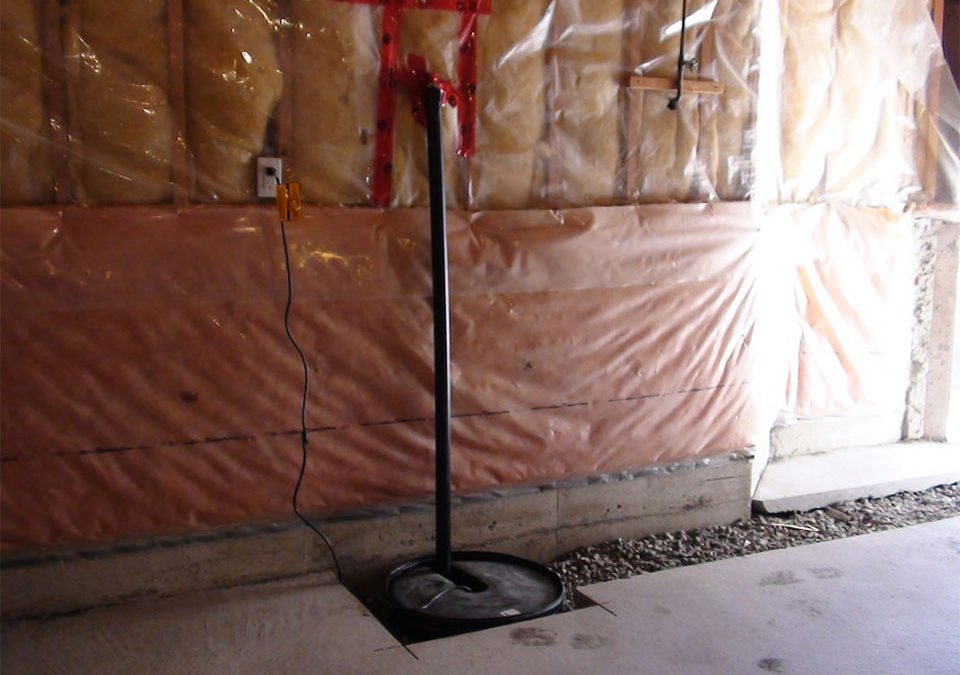We need to start off this article by pointing out that there’s a difference between a sump pump and a pump sump, and it’s important not to get the two terms confused.
A sump pump is a vital piece of pumping equipment used to help prevent flooding in buildings that have basements and crawlspaces. They’re specially designed to be submersible and usually have safety features above and beyond those included on a regular pump used for other purposes.
A pump sump, on the other hand, is just one part of a pump system. And yes, a sump pump may have a pump sump included among its parts.
Defining a sump
At the most basic level, the meaning of the word “sump” is simply any containing space that can contain a liquid. That means technically even a lake can be considered as a sump, even though it normally isn’t referred to in that way.
What makes a space qualify as a sump is that liquid can collect within it. Bowls, basins, bath tubs and reservoirs are all examples of spaces that can be defined as sumps. But if you talk about these every day objects as sumps outside of a theoretical or scientific context, nobody will understand you.
A pump sump is very similar to a “pump chamber”, which is installed after a septic tank. It contains an effluent pump to control floats. It’s main purpose is to disperse the effluent when your site or house has a high water level or if conditions for drainage are not favourable.
It’s all about displacement of pressure
All mechanical and electric pumps work on the principle of impelling liquids through an exchange of pressure between a high-pressure environment and a low-pressure environment.
Creating positive pressure on the extraction side of a pumping solution will result in the creation of vacuum force, which causes liquid to move through the pump in the desired direction.
Even the simplest form of non-mechanical pump applies this principle, although it’s not very reliable. This method of liquid extraction is called “siphoning“.
Siphoning works by forcing a high-pressure stream of air into a sump (place that holds liquid) through a hose, making the pressure on the sump end of the hose higher than the pressure on the extraction end of the hose.
In nature, everything wants to be in balance. Another way of saying this, which is a bit more cliché and uses antiquated words, is that nature abhors a vacuum. For as long as the pressure on one end or the other is not in balance, liquid will be impelled through the hose.
What a sump in a pump does is it creates a space in which positive pressure can be created by mechanical means, so the liquid will continue to be drawn through the pump for as long as the mechanical impulsion is applied.
Efficiency depends on viscosity
The more viscous (or “clingy”) a liquid is, the harder a pump will need to work to impel the liquid. That is where a sump really has value, because highly viscous liquids like rock oil or waste water with high levels of undissolved solids require much greater pressure for pumping than pure water or other low viscosity liquids.
When a pumping system includes a decent sump chamber it will be more efficient and reliable, due to the ability to create greater sustainable positive pressure in the system.

